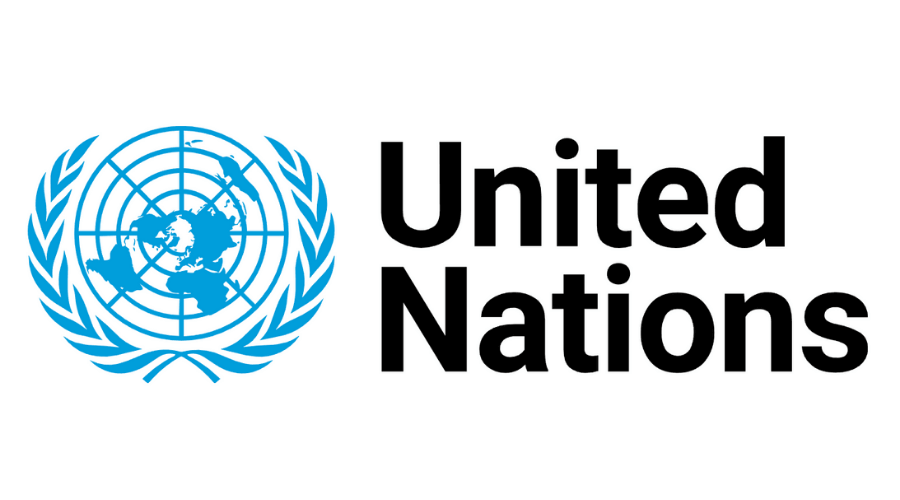The International Organization for Migration (IOM), the UN’s migration agency, is in turmoil. Thousands of employees have been laid off as the organization grapples with severe funding cuts following the US decision to freeze foreign aid. The situation has sparked controversy, with accusations that the agency is now pandering to Washington and supporting mass deportations.
Here’s what’s happening and why it matters.
The US Aid Freeze: A Blow to IOM’s Mission
The IOM, which employs around 22,000 people worldwide, has been hit hard by the US aid freeze. This decision came after Donald Trump’s return to the White House in January 2025, where he swiftly implemented an anti-migrant agenda. The funding cuts have left the agency struggling to maintain its operations, forcing it to lay off thousands of staff.
An IOM spokesperson warned, “These funding cuts directly affect IOM’s ability to support some of the world’s most vulnerable people. This would lead to more suffering, increased migration, and greater insecurity.”
The agency’s mission to assist migrants and refugees is now under threat, raising concerns about the global humanitarian impact.
Accusations of “Blue Washing”: Is IOM Supporting Mass Deportations?
The IOM is facing backlash from current and former staff who accuse it of aligning with US policies, particularly Trump’s mass deportation schemes. Critics claim the agency’s Assisted Voluntary Return (AVR) program is being used to legitimize these deportations, effectively giving them a “UN stamp of approval.”
In February 2025, the IOM announced it was scaling up its AVR programs across Latin America and the Caribbean, helping migrants return home and reintegrate. However, this move has raised eyebrows, especially as countries like Mexico, Guatemala, Honduras, and Panama have agreed to take in migrants deported from the US.
Is the IOM truly helping migrants, or is it being co-opted to support controversial US policies? The debate continues.
The Human Cost: Layoffs and Lost Hope
The layoffs at IOM are not just a bureaucratic issue—they have real human consequences. Thousands of employees, many of whom were working on the frontlines of migration crises, have lost their jobs. This not only affects their livelihoods but also weakens the agency’s ability to respond to global migration challenges.
With fewer resources and staff, the IOM’s capacity to provide critical support—such as shelter, healthcare, and reintegration programs—is severely diminished. This could lead to increased suffering for migrants and refugees worldwide.
A Global Ripple Effect
The IOM’s struggles are part of a larger trend. The US aid freeze has sent shockwaves through the international humanitarian community, affecting not just the IOM but other organizations reliant on US funding. This comes at a time when global migration is at an all-time high, driven by conflict, climate change, and economic instability.
The cuts could exacerbate existing crises, leading to more displacement, instability, and human suffering. As one expert put it, “When humanitarian agencies are weakened, the world’s most vulnerable pay the price.”
What’s Next for IOM and Global Migration Efforts?
The IOM is at a crossroads. Can it maintain its independence and humanitarian mission amid political pressures and funding challenges? Or will it continue to face accusations of being a tool for US policies?
For now, the agency is focused on mitigating the impact of the layoffs and finding alternative funding sources. But the road ahead is uncertain.
